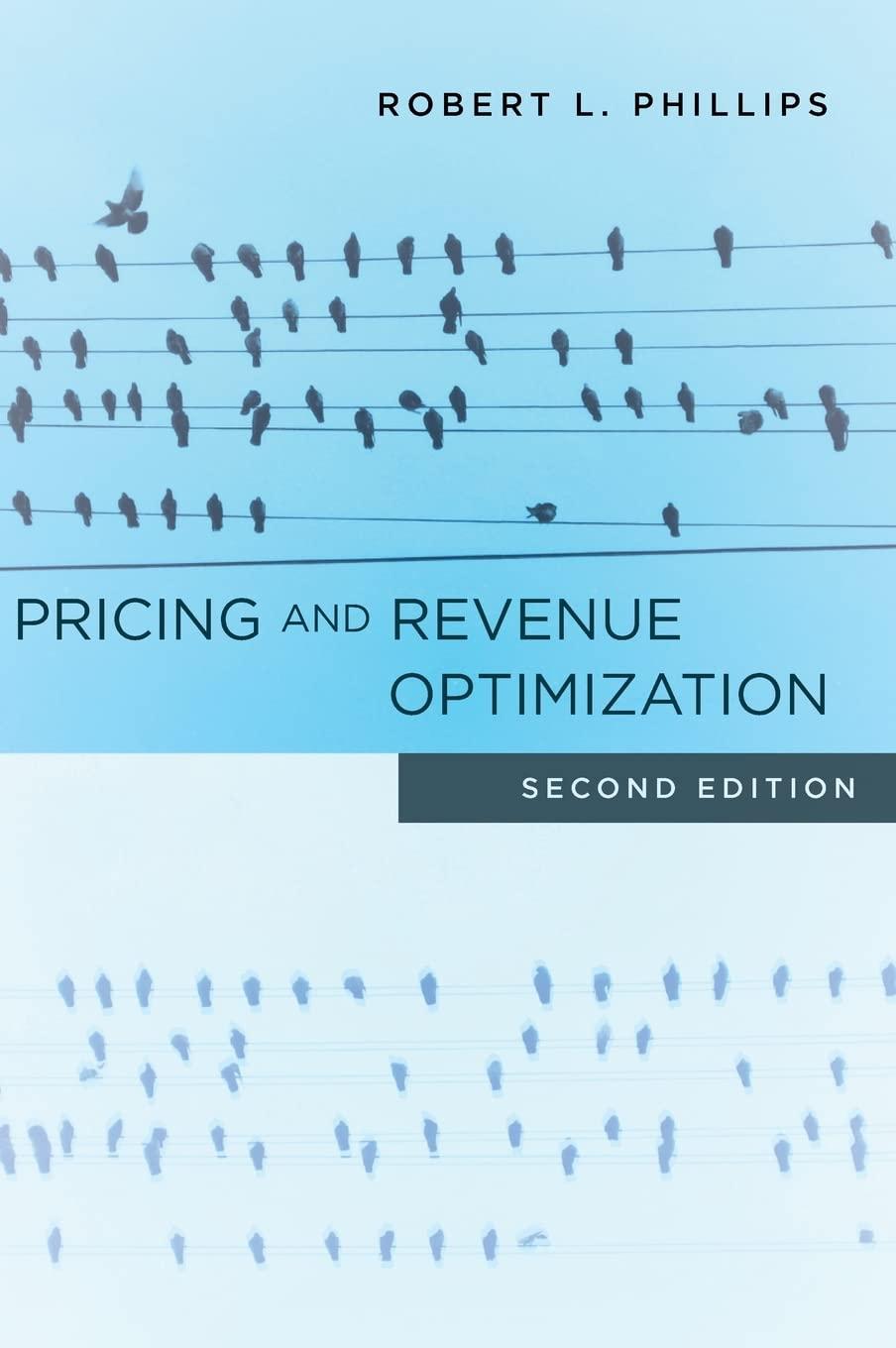Consider a seller who wants to sell a product in two periods when all customers are strategic:
Question:
Consider a seller who wants to sell a product in two periods when all customers are strategic: they all fully anticipate the actions of the seller and choose to purchase in the first period, wait to purchase in the second period, or do not purchase at all. There are two classes of customers: low-willingness-to-pay customers have a maximum willingness to pay of $4, while high-willingness-to-pay customers have a maximum willingness to pay of $10. All customers maximize expected value and, if demand exceeds supply in either period, the limited supply will be allocated randomly to all customers without regard to their willingness to pay. In either period, the seller can set a price of either $2 or $7. The seller must choose what price to charge in each period as well as the total amount of the product to purchase. The unit cost of the product is $1 and the salvage value is $0.
a. Assume that there are 10,000 low-willingness-to-pay customers and 5,000 highwillingness-
to-pay customers. How much should the seller order and put on sale to maximize profitability? What price should he charge in period 1 and in period 2? What is the resulting revenue?
b. Now, assume that the seller can charge any price he wants in both periods—that is, he is not constrained to $2 or $7. What price would he charge and how much would he order?
Step by Step Answer:







